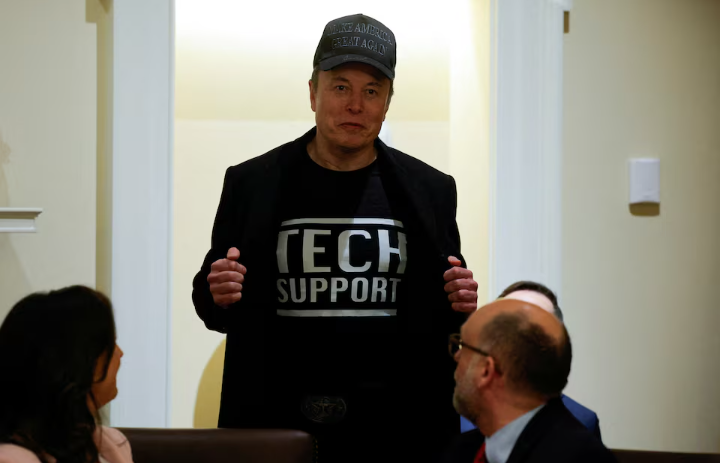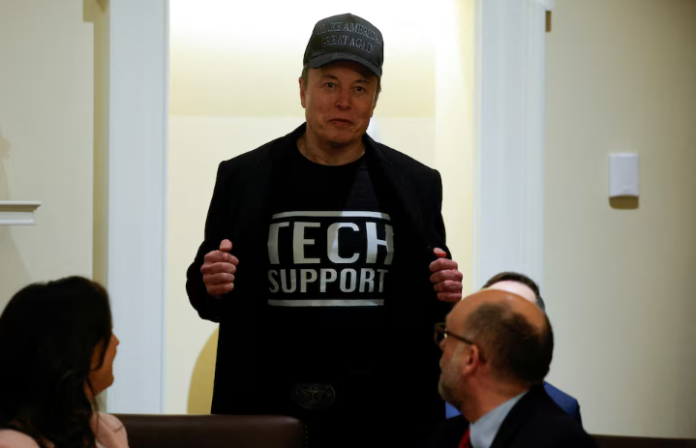The Trump administration is moving forward with major layoffs in a bid to reduce government spending. At the first cabinet meeting attended by Elon Musk, the billionaire pledged to slash federal expenses, targeting a $1 trillion reduction in the $6.7 trillion budget. While Trump reassured the public that popular health and retirement benefits would remain untouched, the administration’s aggressive cost-cutting measures could have a wide-reaching impact.
Musk’s Vision for a Leaner Government
Musk, now leading the administration’s cost-reduction strategy, emphasized the urgency of curbing spending. “If this continues, the country will go de facto bankrupt,” he warned. Despite previous cuts that saw over 20,000 federal workers laid off, government spending has increased by 13% compared to the previous year, mainly due to rising debt interest payments and the growing costs of social programs.
To address this, agencies have been directed to submit layoff plans by March 13. The memo, signed by White House budget director Russell Vought and acting Office of Personnel Management head Charles Ezell, outlines “significant reductions” without specifying exact numbers. However, reports indicate that an additional 100,000 government employees have already left through buyouts or terminations.
Which Agencies Are Being Hit?
Key government agencies are bracing for substantial job cuts:
- Environmental Protection Agency (EPA): Director Lee Zeldin has suggested a staggering 65% workforce reduction.
- Social Security Administration: Two offices overseeing civil rights and internal processes have shut down, leaving 200 employees in limbo.
- Bureau of Prisons: Retention incentives for correctional officers and staff have been scaled back.
- Interior Department: Workforce cuts between 10% to 40% have been proposed for the U.S. Fish and Wildlife Service and the Bureau of Indian Affairs.
Tax Cuts and the Growing National Debt
While implementing layoffs, the Trump administration is also pushing for an extension of the 2017 tax cuts, which added $2.5 trillion to the national debt. The new proposal could cost the U.S. an additional $5 trillion over the next decade. Despite these concerns, House Republicans have advanced the tax cuts with a narrow 217-215 vote.
Controversy Over Musk’s Employee Audit

Adding to the turmoil, Musk sent an email directive demanding federal workers justify their roles, suggesting that many government employees might not actually exist. “We think there are a number of people on the government payroll who are dead,” Musk claimed, though no evidence was provided. Some agencies ignored the directive, while others warned employees that failing to respond could put their jobs at risk.
Fallout and Growing Resistance
Tensions are rising as 21 employees from Musk’s Department of Government Efficiency resigned in protest, refusing to contribute to what they see as the dismantling of public services. Additionally, concerns over data privacy and security have emerged, as Musk’s team reportedly sought access to sensitive government records, including payroll and tax information.
Despite these challenges, the administration remains committed to reducing government size. With March 13 looming, federal employees and agencies face an uncertain future as Trump and Musk push forward with drastic reforms.



